Which Of The Following Activities Does Not Occur In Perception
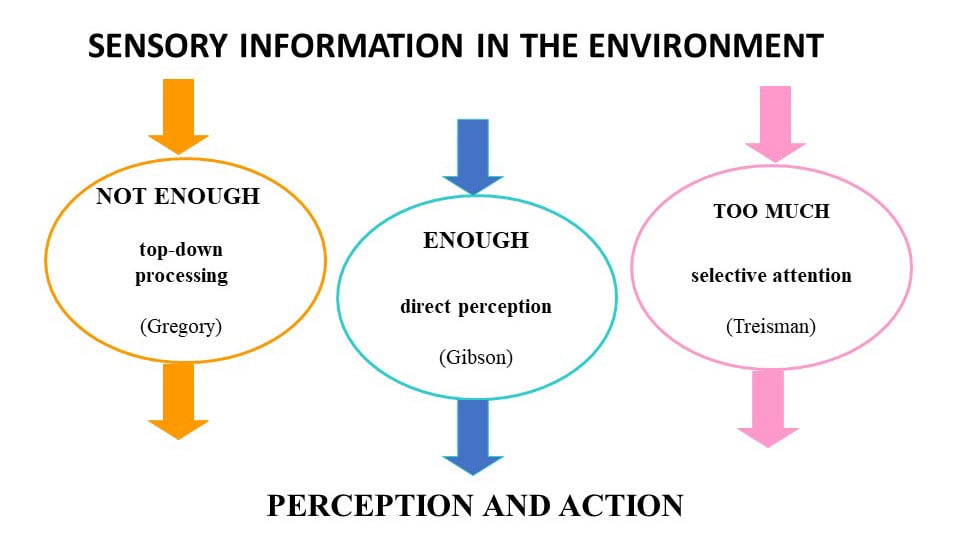
Imagine walking through a bustling marketplace. The air crackles with the aroma of spices, the vibrant colors of textiles assault your eyes, and the cacophony of bartering voices fills your ears. It's a sensory symphony, each element vying for your attention. But amidst this chaos, you're able to filter, organize, and interpret this information, ultimately perceiving a coherent and meaningful experience.
The question of which activities don't occur during perception is a nuanced one, touching on the core processes by which we understand the world around us. While perception encompasses a broad range of functions from sensation to interpretation, certain cognitive activities, particularly those related to higher-level reasoning and conscious decision-making, generally fall outside its immediate scope.
The Essence of Perception
Perception is the process by which we organize and interpret sensory information to give meaning to our environment. It's the bridge between sensation – the raw input from our senses – and our understanding of the world. Think of it as the software that takes the data from our sensory hardware and turns it into something we can use.
This process involves several key stages, beginning with sensory reception. Our eyes detect light, our ears detect sound waves, and so on. These sensory inputs are then converted into neural signals, which are transmitted to the brain for further processing.
Bottom-Up and Top-Down Processing
Perception relies on two main types of processing: bottom-up and top-down. Bottom-up processing is driven by the sensory data itself. The features of a stimulus trigger a cascade of neural activity that eventually leads to recognition.
Top-down processing, on the other hand, is influenced by our prior knowledge, expectations, and beliefs. It allows us to fill in the gaps when sensory information is incomplete or ambiguous. For example, if you see a blurry image of a cat, your brain might use your existing knowledge of cats to help you identify it.
Activities Outside the Realm of Perception
While perception is a complex and multifaceted process, it doesn't encompass all cognitive activities. Certain higher-level functions, especially those requiring conscious deliberation and strategic thinking, fall outside its primary scope.
One such activity is problem-solving. While perception provides the foundation for understanding a problem, actually solving it typically involves additional cognitive processes such as analysis, planning, and evaluation. Perception helps us to see the pieces, but problem-solving arranges them.
Similarly, decision-making extends beyond mere perception. Perception allows us to gather information about different options, but choosing the best course of action requires weighing pros and cons, considering potential consequences, and applying our values and goals. Perception informs the choice; decision-making executes it.
Another activity that is distinct from perception is reasoning. Reasoning involves drawing inferences and conclusions based on available information. While perception provides the raw data, reasoning allows us to go beyond what is immediately apparent and make logical deductions.
"Perception is the bedrock of our understanding, but it is not the entire edifice," explains Dr. Anya Sharma, a cognitive neuroscientist at the National Institute of Mental Health. "It provides the raw materials that our minds use to build more complex thoughts and actions."
Planning is also something that does not occur in perception. Perception might tell you there's a meeting across town, but planning involves charting a course, allotting time, and considering traffic. It’s an executive function that builds upon, but is separate from, the initial perception.
Why This Distinction Matters
Understanding the boundaries of perception is crucial for several reasons. Firstly, it helps us to appreciate the complexity of the human mind. Perception is just one piece of the puzzle, albeit a very important one.
Secondly, it allows us to better understand and address cognitive impairments. For example, someone with a visual processing disorder might have difficulty with perceptual tasks, even if their reasoning and decision-making abilities are intact. Likewise, someone with a frontal lobe injury might have intact perception but impaired planning and problem-solving skills.
Finally, a clear understanding of perception is essential for fields like artificial intelligence and robotics. Creating truly intelligent systems requires more than just mimicking perceptual abilities. It also requires imbuing these systems with the capacity for reasoning, decision-making, and problem-solving.
The Interplay of Cognitive Processes
It's important to note that while these activities are distinct from perception, they are also interconnected. Our perceptions influence our thoughts, and our thoughts influence our perceptions. The brain is a dynamic and integrated system, where different cognitive processes constantly interact and influence each other.
Consider the example of a physician diagnosing a patient. The physician uses perception to gather information about the patient's symptoms, physical examination findings, and lab results. However, they also use reasoning and problem-solving skills to integrate this information, formulate a diagnosis, and develop a treatment plan. Perception provides the clues, but the physician's expertise is required to solve the case.
According to a 2023 report by the American Psychological Association, "Effective cognitive function relies on the seamless integration of perceptual, attentional, and executive processes. Disruptions in any of these domains can have cascading effects on overall cognitive performance."
Conclusion
So, while perception is foundational to our understanding of the world, it doesn't encompass all cognitive activities. Activities like problem-solving, decision-making, reasoning, and planning, which require conscious deliberation and strategic thinking, typically fall outside its immediate scope.
By appreciating the boundaries of perception, we gain a deeper understanding of the complexities of the human mind and can better address cognitive impairments and develop more intelligent artificial systems. It's a reminder that our experience is built on a complex interplay of processes, from the simple sensation of light to the complex act of planning for the future.
The next time you walk through that bustling marketplace, take a moment to appreciate not only the sensory richness of the experience but also the remarkable cognitive processes that allow you to make sense of it all. It's a testament to the incredible power and complexity of the human brain.




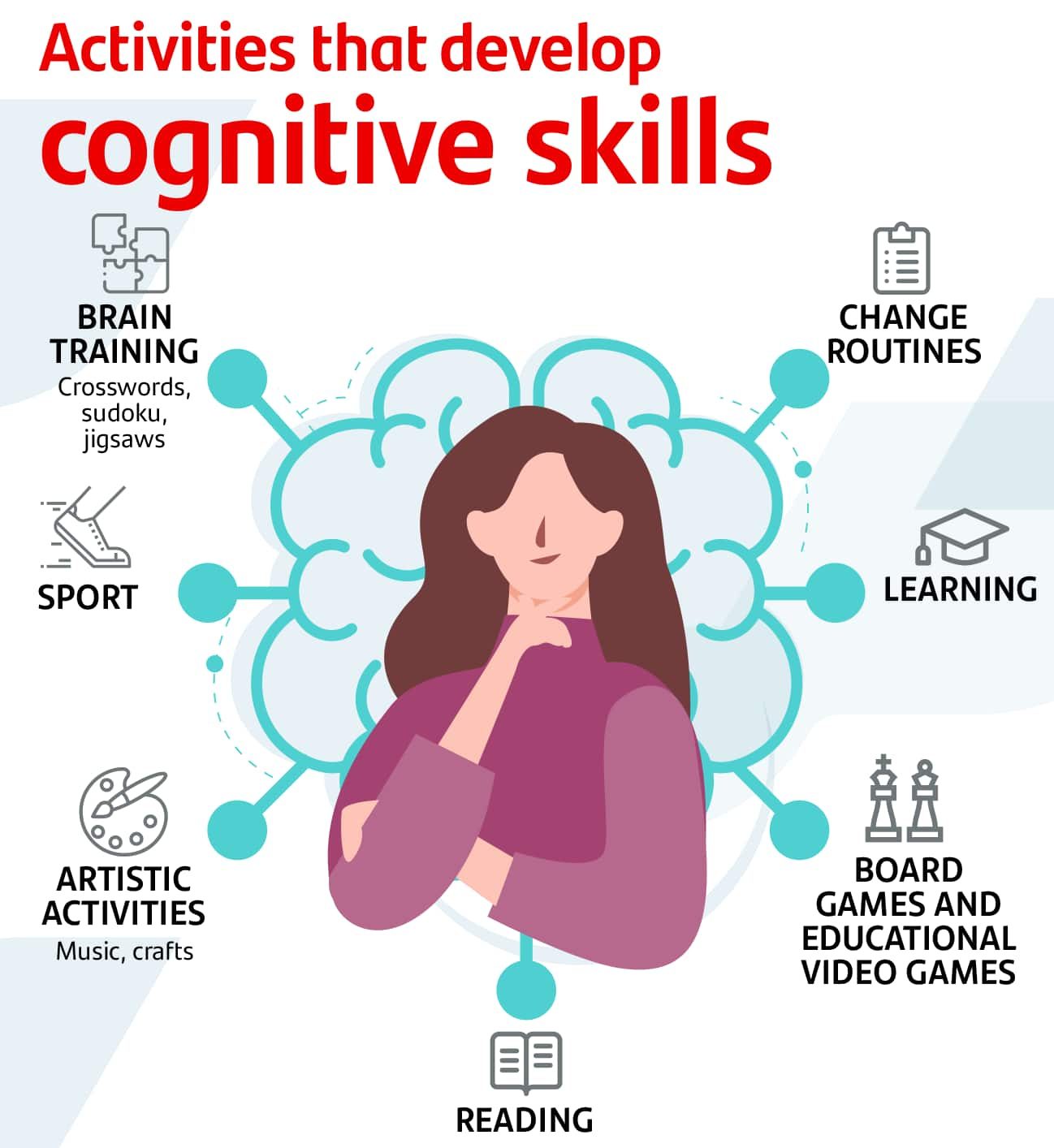

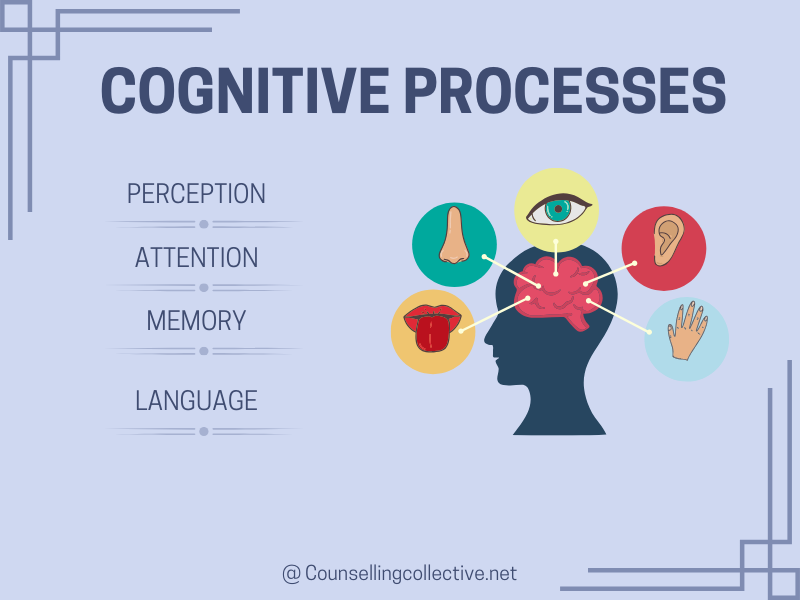

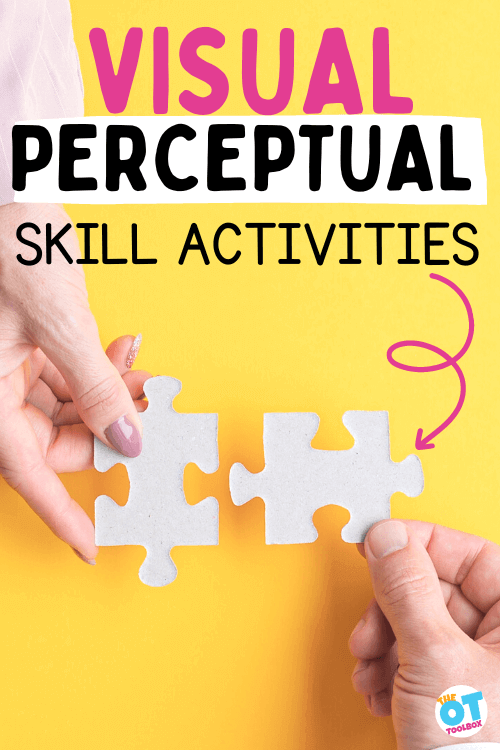
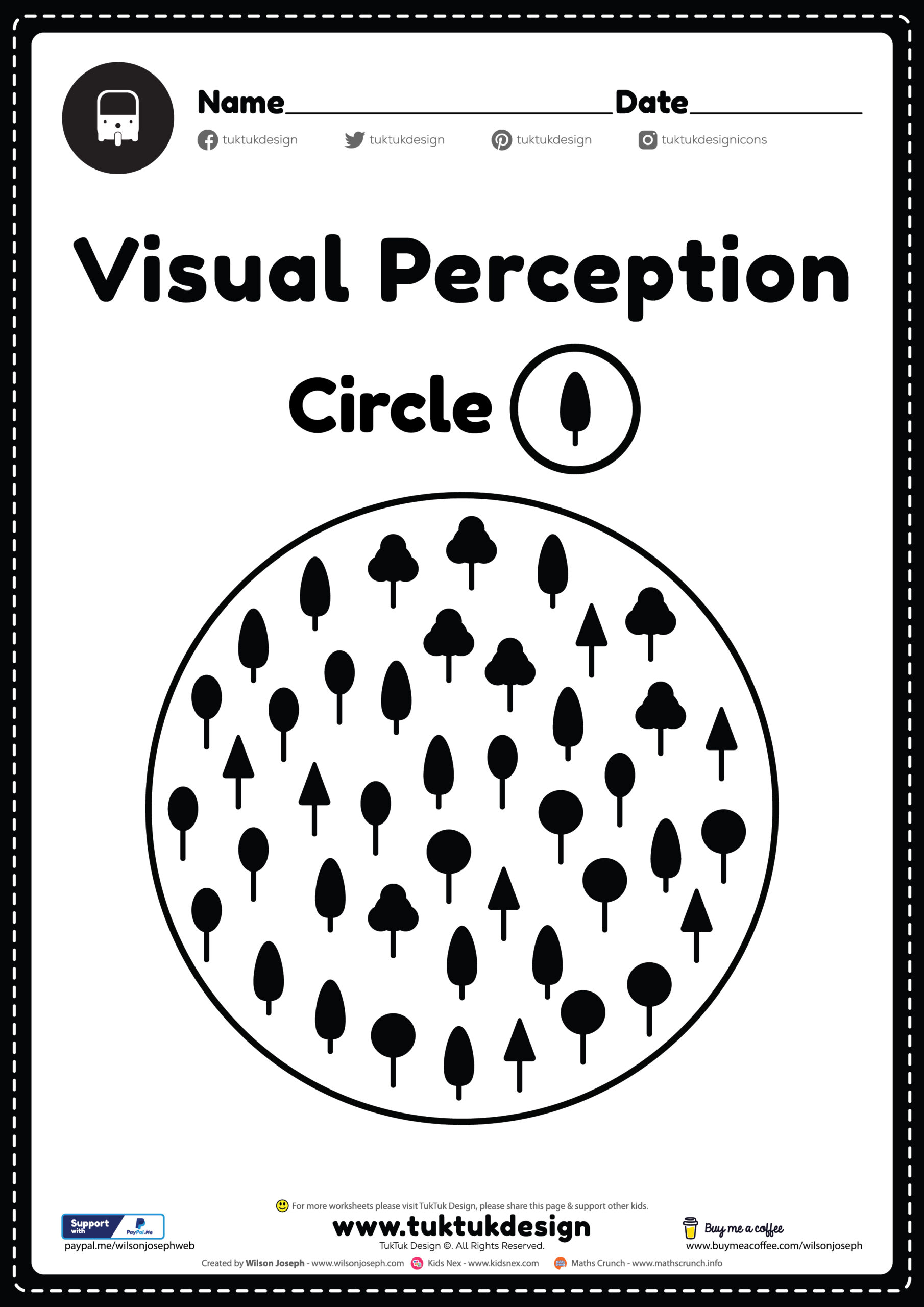

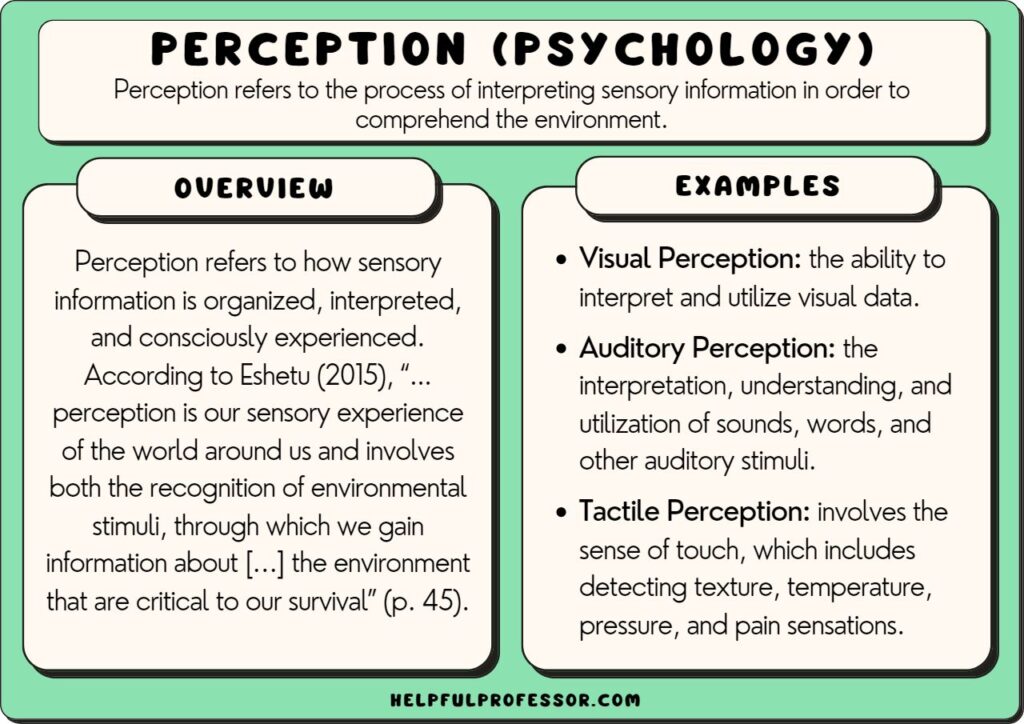



![Which Of The Following Activities Does Not Occur In Perception [ANSWERED] which of the following does NOT occur when the expression of](https://media.kunduz.com/media/sug-question/raw/80602231-1659876075.3287935.jpeg?h=512)

